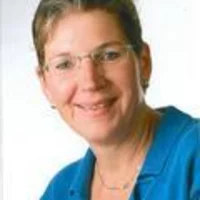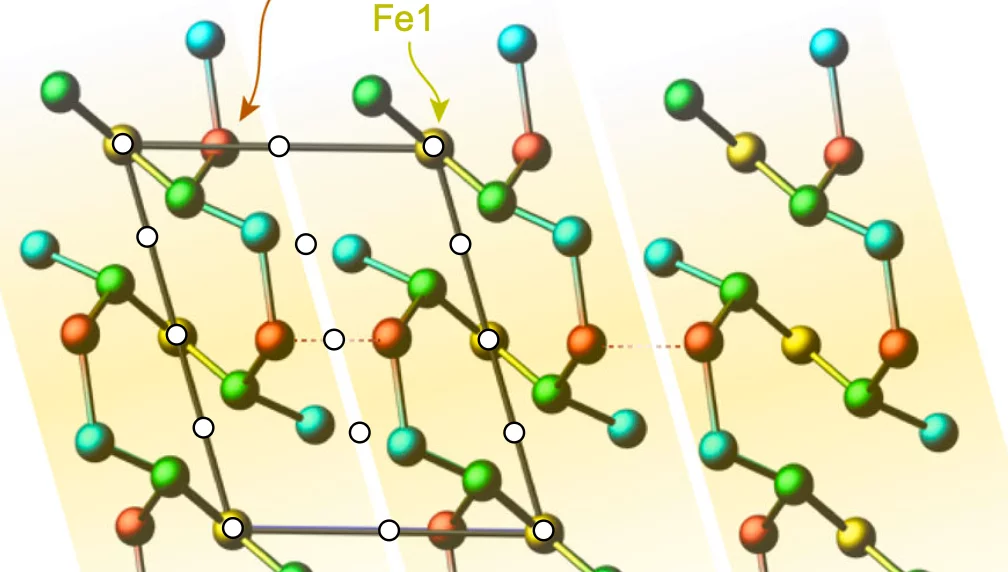The topological nature of the electronic bands or spin structure has direct manifestation in experimentally measured Hall conductivity. The extra topological (or geometrical) component to the Hall effect (THE) usually emerges due to multi-k structures, which inherently possess a finite static scalar spin chirality (SSC). Generating a THE in a single-k structure necessitates the consideration of the dynamical origin of SSC, the real material examples of such cases remain scarce to date.
Now writing in Nature Communications, an international collaboration led by the Laboratory for Neutron Scattering and Imaging (LNS) at PSI has uncovered such fluctuation-based dynamic SSC generating THE in a low-symmetry crystal, Fe3Ga4.
In Fe3Ga4 the room-temperature structure in zero magnetic field is a proper spiral, while the field-induced state is a so-called transverse conical spiral (TCS). Although, Fe3Ga4 has net zero static SSC, it shows a large THE response around room temperature. By probing the temperature evolution of this THE, the authors showed that it indeed has a dynamic origin, arising due to unbalanced population of chiral magnons. The magnitude of the resultant topological Hall response is comparable to some of the magnets hosting non-trivial topological structures, such as a skyrmion lattice phase. Moreover, this response is also enhanced at and beyond room temperature, suggesting potential spintronics-based applications.
The work was performed by an international team consisting of PSI’s Laboratory for neutron scattering and imaging (LNS), Department of Applied Physics at the University of Tokyo, Institute of Physics at the École Polytechnique Fédérale de Lausanne (EPFL), Helmholtz-Zentrum Berlin, the ISIS Facility (UK), Helmholtz-Zentrum Dresden-Rossendorf, the Insitut Laue-Langevin and the George Mason University in the USA.
Facility: SINQ
Reference: P.R. Baral et al, Nature Communications 16, 3898 (2025)
Read full article: here



